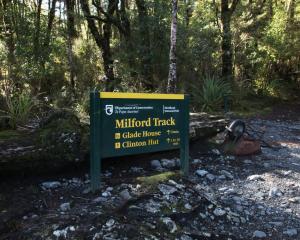
Mackenzie District mayor Graham Smith laid the blame on Department of Conservation land, saying it was poorly managed, allowing native vegetation such as tussock and mānuka to flourish.
"There’s a mindset that grazing is bad and it kills wildlife, but the reality is these massive blazes are going to happen more and more."
"It is a huge risk to neighbouring properties to have areas of land with that much vegetation and fuel for fires," he said at the time.
Botanist Prof Janice Lord, of the University of Otago, concedes early stages of natural succession to mature native forest can present a fire risk.
"The thing is, tussock burns, but so does mānuka and so does pine, so ideally you want it to shift through to the broadleaf phase, which is less flammable."
She points out that most fires on tussock land are started by humans and their infrastructure — in the case of the Ohau fire, with sparks from arcing power lines.
"It’s people interacting with the environment that creates fire risk — don’t blame the tussock."
Prof Lord says, if left undisturbed, recovered native forest is good at keeping out exotic invaders.
Pursuing that idea, Ohau Conservation Trust volunteers are now propagating and planting native trees across the area to speed the re-wilding process.












